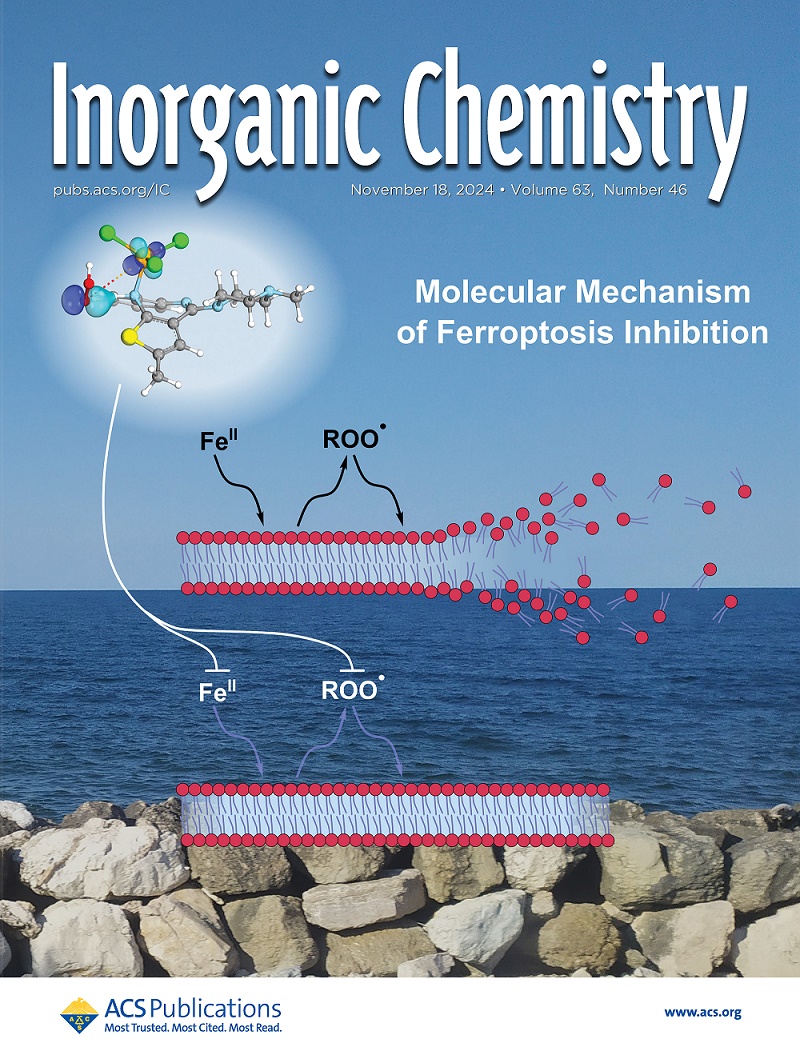Synergistic Removal of Rare Earth Elements from Radioactive Molten Salt via Electrodeposition and Adsorption
IF 4.3
2区 化学
Q1 CHEMISTRY, INORGANIC & NUCLEAR
引用次数: 0
Abstract
Recycling waste salt in the dry reprocessing of nuclear fuel and reducing electric energy consumption in the electrorefining process are crucial steps toward addressing significant challenges in this field. The present study proposes a novel approach to purify waste salt by selectively adsorbing excessive fission products using 5A molecular sieves (5A), based on the principles of electrorefining, with the ultimate aim of achieving sustainable development in nuclear fuel. First, Lutetium (Lu)-Bi alloy was synthesized through constant potential electrolysis in the LiCl–KCl–LuCl3 melt, resulting in a 90.59% extraction rate of Lu(III) on the Bi electrode. Subsequently, following the electrolysis process, the waste salt underwent high-temperature adsorption with a 5A for purification. The results of the experiment indicate that the utilization of 5A for adsorption can lead to a remarkable removal efficiency of Lu, reaching an impressive rate of 99.70%. Consequently, when combined with electrolytic reduction, the overall extraction rate of Lu is significantly enhanced to a remarkable 99.98%. Finally, experiments on the coexistence of rare earth elements were conducted, revealing a significant removal rate for Y, Ho, Tm, Yb, and Lu. This study presents innovative solutions for effectively utilizing waste salt in the nuclear fuel cycle.

求助全文
约1分钟内获得全文
求助全文
来源期刊

Inorganic Chemistry
化学-无机化学与核化学
CiteScore
7.60
自引率
13.00%
发文量
1960
审稿时长
1.9 months
期刊介绍:
Inorganic Chemistry publishes fundamental studies in all phases of inorganic chemistry. Coverage includes experimental and theoretical reports on quantitative studies of structure and thermodynamics, kinetics, mechanisms of inorganic reactions, bioinorganic chemistry, and relevant aspects of organometallic chemistry, solid-state phenomena, and chemical bonding theory. Emphasis is placed on the synthesis, structure, thermodynamics, reactivity, spectroscopy, and bonding properties of significant new and known compounds.
 求助内容:
求助内容: 应助结果提醒方式:
应助结果提醒方式:


